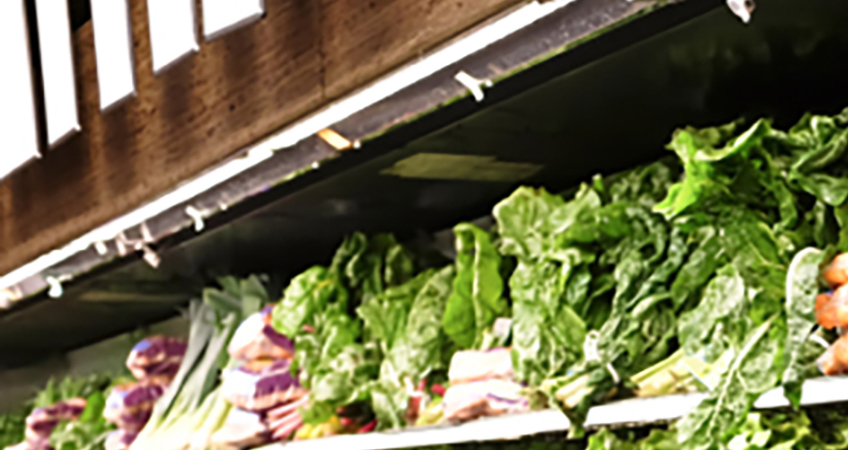The pandemic has benefitted the online grocery sector, with online grocery sales increasing 120%. Online grocery orders now represent 14% of all grocery sales, whereas in the previous year they accounted for just 8%.
The high pandemic-related costs and business restructuring played havoc with the retailer’s profits pushing them into a loss. COVID-19 costs mounted up to £485m and the business also racked up more than £600m in restructuring charges from the company's Argos transformation programme.
Sustainability update
Sainsbury's has updated stakeholders on its sustainability commitments. In the past year, it has reduced GHG emissions by 3% and reduced food waste by 16% compared to the previous year. However, the retailer did not improve plastic packaging reduction. Plastic packaging increased by 3% year-on-year.
The retailer also has announced that it will add another milestone to its net zero commitment - it has agreed to reduce absolute GHG emissions by 30% by 2030, which will hopefully set it on track for its 2040 net zero target. As part of its plan, Sainsbury's will be working with a select number of suppliers to help them to develop their own targets too.
Sainsbury's food strategy
Back in November 2020, the retailer announced that it aimed to put food back at the heart of the business. It planned to:
- Lower food prices
- Accelerate food innovation
- Profitably grow its online offering
- Continue to reduce plastic and food waste, and inspire healthy eating as the business works towards its 2040nnet zero ambition.
In its recent end-of-year results, the retailer updated its progress on the strategy and how it made progress:
- Improved value food ranges, lowering prices of products important to customers and extending the price lock commitment. It price-matched Tesco and launched the Aldi price-match scheme
- Tripled levels of product innovation, and plans to launch 1,900 products in the year ahead
- The supermarket announced it had 7.4 million digital nectar users, which is a significant increase from the 4.5 million recorded in the previous year.
